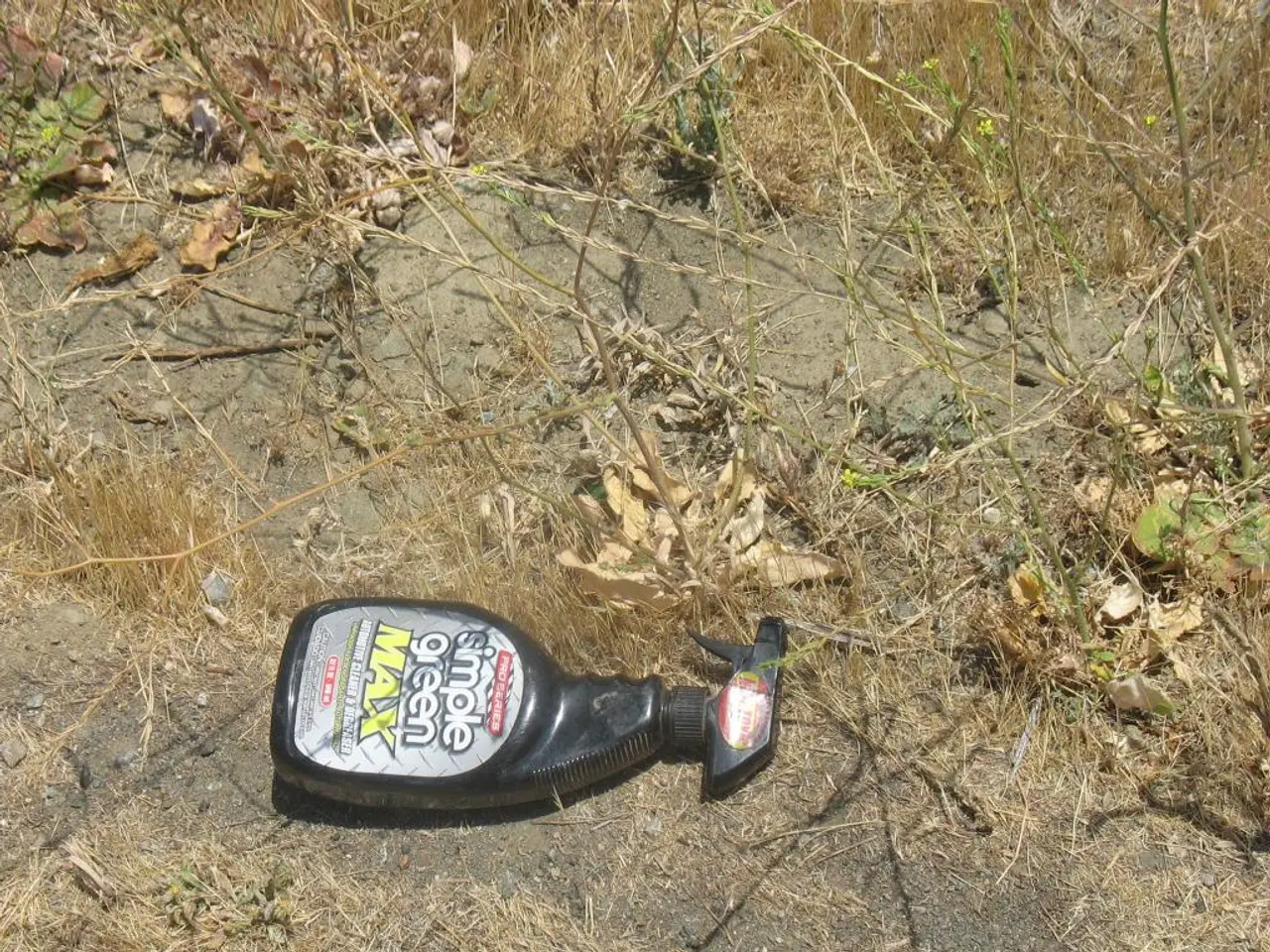Nurturing Nasturtiums: A Step-by-Step Process on Sowing, Cultivating, and Reaping Nasturtium Blossoms
In the world of gardening, nasturtiums are a vibrant and versatile addition to any space. These hardy plants not only offer a splash of colour but also provide edible flowers, leaves, and seeds that can add a peppery kick to your meals.
Soil and Container Selection
When it comes to growing nasturtiums, the key is to use well-draining potting mix that is not overly rich in nutrients. These plants thrive best in poorer soil conditions, as this encourages more blooms rather than lush foliage.
For container gardening, choose window boxes or hanging baskets with good drainage. Containers about 12 inches in diameter are suitable for many varieties. Line the boxes with plastic (with drainage holes) or coir liners in baskets for optimal results.
Planting and Maintenance
Sow nasturtium seeds directly into the container, about 1.5 cm deep. Ideally, start them indoors or in a greenhouse before transplanting after the last frost. Seeds typically germinate in about a month.
Regular watering is essential, but be sure to water sparingly to keep the soil moist without overwatering. Nasturtiums are somewhat drought-tolerant but thrive best in moist soil.
Deadheading spent flowers is a great way to prolong blooming throughout the growing season. Avoid crowding plants to allow airflow and sufficient room for growth.
Nasturtiums Prefer Sunlight and Companion Planting
Nasturtiums prefer partial to full sun exposure for the best flowering. When it comes to companion planting, they are great for a trap crop, attracting beneficial insects and pollinators like bees and hummingbirds. This can help other vegetables prosper in your garden.
Edible Delights and Soil Enrichment
Nasturtiums are edible and have a peppery, mustard-like taste, making them a great addition to salads, soups, sauces, and pesto sauce. At the end of the growing season, leaving nasturtium plants to decompose naturally enriches the soil for the next season.
For stuffed nasturtium leaves, wait for the leaves to grow big enough. For salads, use smaller, more tender leaves. For flowers in salads, wait for the plant to bloom.
Varieties and Care
Nasturtiums are divided into two main categories: bush and trailing or climbing types. Bush varieties include Alaska Variegated, Peach Melba, and Black Velvet. Trailing/climbing varieties include Variegatus, Spitfire, and Climbing Phoenix.
In summary, grow nasturtiums in well-drained, moderately poor soil in containers with good drainage, plant seeds after the last frost, provide moderate watering, and place them in full or partial sun for best results in window boxes or hanging baskets. With a little care and attention, you'll be enjoying the colourful blooms and delicious edibles that nasturtiums have to offer.
Sowing nasturtium seeds directly into a container with a well-draining potting mix is recommended, making sure the soil is not overly rich, as these plants thrive in poorer soil conditions to produce more blooms. Choosing containers around 12 inches in diameter with good drainage is suitable for many varieties. For maintenance, regular watering is essential but sparingly, keeping the soil moist without overwatering. Deadheading spent flowers can prolong blooming throughout the growing season. Nasturtiums prefer partial to full sun exposure and are great for companion planting, attracting beneficial insects and pollinators like bees and hummingbirds. These edible plants offer a peppery, mustard-like taste and can be used in salads, soups, sauces, and pesto sauce. At the end of the growing season, leaving nasturtium plants to decompose naturally enriches the soil for the next season. Variations include bush and trailing/climbing types, with options like Alaska Variegated, Peach Melba, Black Velvet, Variegatus, Spitfire, and Climbing Phoenix. With a little care and attention, you'll be enjoying the colourful blooms and delicious edibles that nasturtiums have to offer.




